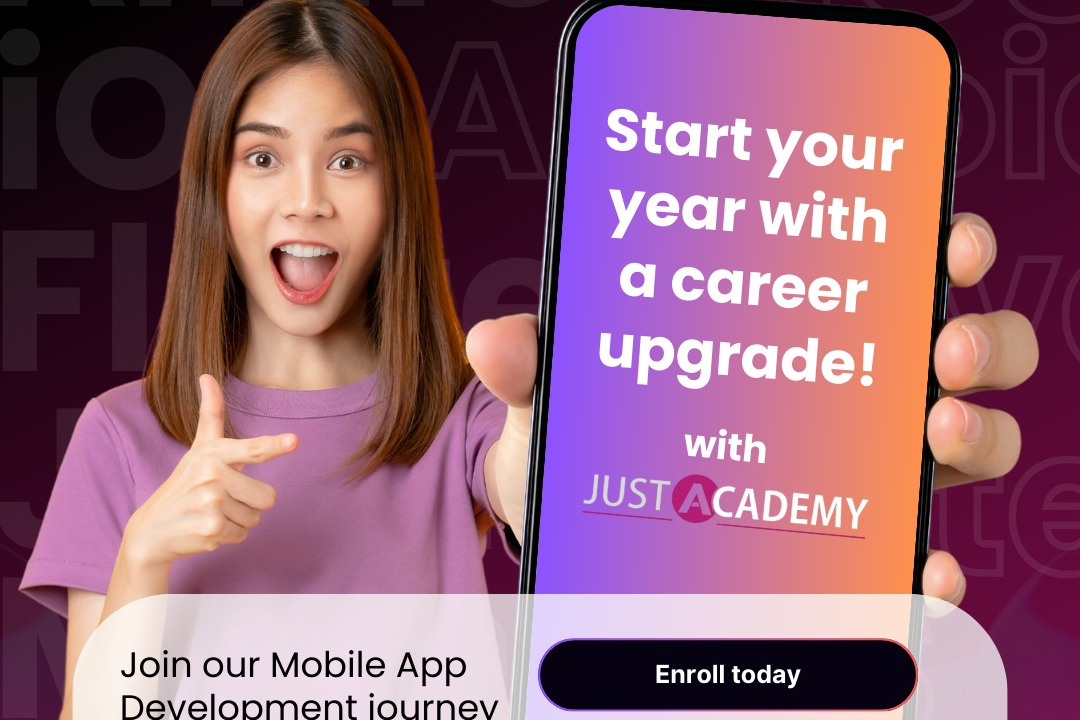Flutter User-Centric Design Principles
Principles of User-Centric Design in Flutter
Flutter User-Centric Design Principles
Flutter user-centric design principles emphasize creating highly intuitive and engaging user experiences by prioritizing the needs and preferences of users throughout the development process. This approach involves understanding the target audience, their behaviors, and their contexts through user research and testing, ensuring that the application is responsive, accessible, and visually appealing. Flutter encourages designers and developers to utilize Material Design and Cupertino design systems, promoting consistency and familiarity across platforms. By incorporating feedback loops and adaptive layouts, Flutter supports the creation of applications that are not only functional but also delightful to interact with, ultimately enhancing user satisfaction and retention.
To Download Our Brochure: https://www.justacademy.co/download-brochure-for-free
Message us for more information: +91 9987184296
1 - User Centered Design (UCD)
Focus on the needs, preferences, and limitations of end users at every stage of the design process. Engage users through research and testing to ensure the product meets their expectations.
2) Consistent UI Design
Maintain uniformity in visual and functional elements across the application. Consistency improves usability, reduces confusion, and builds trust with users.
3) Responsive Layouts
Create adaptive layouts that adjust to various screen sizes and orientations. This ensures a seamless user experience whether on a phone, tablet, or desktop.
4) Intuitive Navigation
Design navigation that is easy to understand and use. Use recognizable patterns and labels to help users find what they need efficiently.
5) Accessibility Considerations
Ensure the app is usable for people with disabilities. Implement features like screen reader support, keyboard navigation, and sufficient color contrast.
6) Delightful Interactions
Incorporate animations and transitions that enhance user experience without being distracting. This helps in making interactions feel smooth and engaging.
7) Feedback and Affordances
Provide immediate feedback for user actions, such as button presses or loading states. Indicate possible actions clearly (e.g., using shadows or highlights) so users know what they can interact with.
8) Minimalist Design
Emphasize simplicity by removing unnecessary elements and content. A clutter free interface helps users focus on essential tasks.
9) Use of Familiarity
Leverage familiar design patterns and UI components that users recognize. This reduces the learning curve and facilitates easier navigation.
10) Error Prevention and Recovery
Design to prevent errors through careful choice of options and confirmations. Provide clear error messages and easy recovery paths to maintain user confidence.
11) Visual Hierarchy
Organize information using size, color, and placement to indicate importance and guide users’ attention. A well structured visual layout aids in information processing.
12) User Control and Freedom
Allow users the capability to explore freely, modify actions, and undo mistakes. Empowering users fosters a sense of agency and reduces frustration.
13) Content Prioritization
Prioritize content based on user needs and goals. Display the most relevant information prominently to help users accomplish tasks quickly.
14) Onboarding Experience
Create an effective onboarding process that guides new users through the app’s features. Provide tutorials or tooltips to help users get started without overwhelming them.
15) Iterative Design and Testing
Embrace an iterative approach to design, testing with real users regularly. Gather feedback and refine the application continuously to better meet user needs.
This structured approach to teaching Flutter user centric design principles will empower students to create applications that prioritize the user experience effectively.
Browse our course links : https://www.justacademy.co/all-courses
To Join our FREE DEMO Session: Click Here
Contact Us for more info:
Android Development Visakhapatnam
salesforce training in noida
salesforce training india
data analytics colleges in india
single thread vs multi thread











